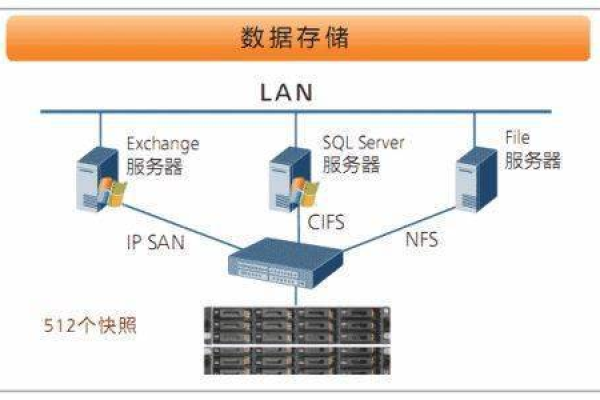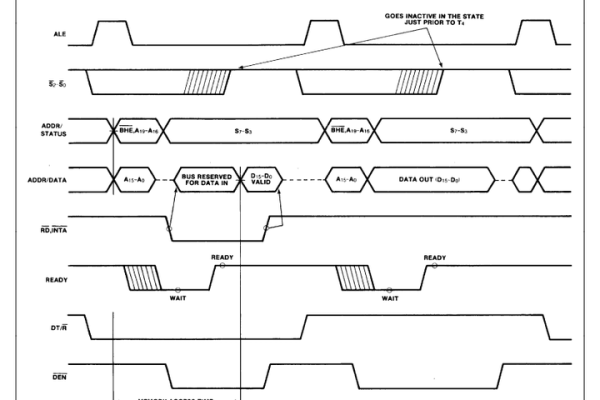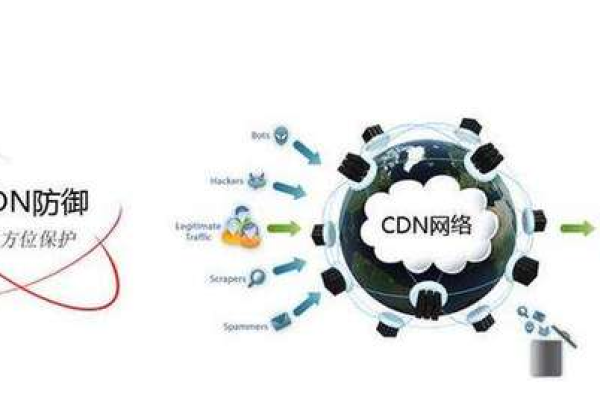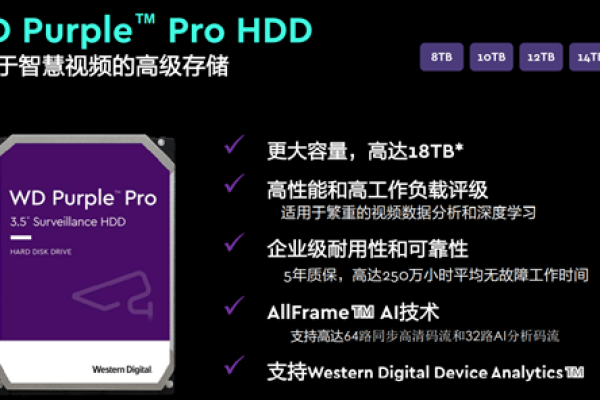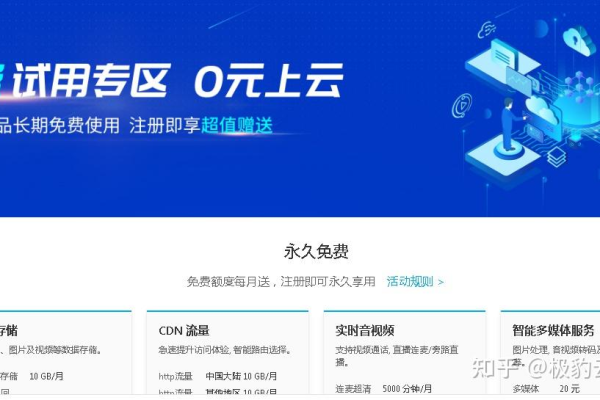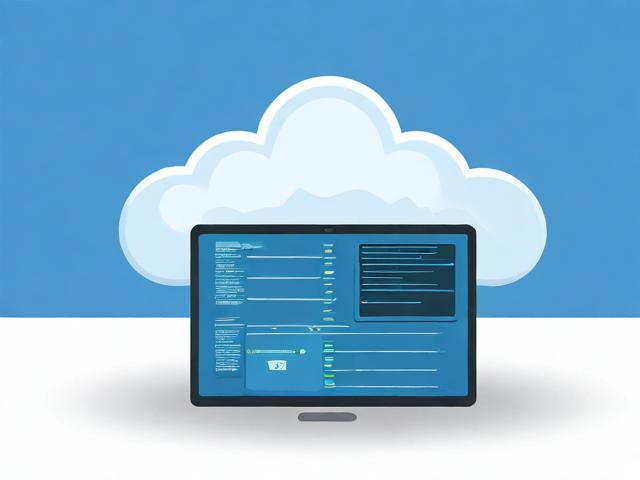激活Windows 10后仍频繁收到激活提示,原因何在?
- 行业动态
- 2024-07-24
- 1
在当今数字化时代,操作系统作为计算机的核心组成部分,其稳定性和合法性至关重要,Windows 10作为微软推出的一款广泛使用的操作系统,其激活状态是验证软件正版性和系统功能完整性的关键,用户在使用Windows 10过程中偶尔会遇到系统已经激活但仍旧提示需要激活的情况,这种现象引起了用户的困惑和不便,以下是对这一问题的详细分析和解决方法。
理解Windows 10激活的基本原理和重要性是必要的,激活有助于验证用户的Windows副本是否为正版,确保其未在超过Microsoft软件许可条款所允许数量的设备上使用,正常情况下,Windows 10通过产品密钥或数字许可证与用户的Microsoft账户链接后激活,一旦激活成功,系统将不再提示需要激活。
为何已激活的Windows 10系统还会提示需要激活呢?一种可能是系统重置或硬件更换导致的激活信息丢失,当用户进行重大硬件更改或系统重置时,原有的激活信息可能不被系统识别,从而触发再次激活的需求,软件许可服务异常也可能导致激活状态无法正常检测,错误地提示用户进行激活,还有可能是系统的bug或是更新后的临时性问题,这种情况下,系统通常会在下次更新或重启后自我修正。
面对上述情况,用户可以采取以下步骤解决激活问题:
1、确认激活状态:通过设置中的“更新与安全”>“激活”选项查看Windows 10是否已激活,并确认其链接到用户的Microsoft帐户。

2、重新链接数字许可证:如果进行了重大硬件更改,可以使用“激活”疑难解答程序重新激活Windows,这需要确保用户的Microsoft账户与之前购买的数字许可证链接。
3、运行激活疑难解答:Windows 10提供了内置的激活疑难解答工具,可以帮助诊断和解决激活问题。
4、联系客户支持:如果以上方法都无法解决问题,建议联系Microsoft客户支持获取帮助。
归纳而言,虽然Windows 10提示需要激活但实际已激活的问题可能会给用户带来不便,但通过正确的诊断和操作步骤通常可以有效解决,对于用户来说,保持操作系统的正版化和更新是确保计算机安全和稳定运行的重要前提。

FAQs
Q1: Windows 10提示需要激活,但我已购买正版授权,该如何解决?
A1: 请检查您的Windows 10是否已成功与您的Microsoft账户链接,进入“设置”>“更新与安全”>“激活”,查看激活状态,如果显示未激活,可以尝试运行激活疑难解答或联系Microsoft客户支持寻求帮助。
Q2: 在进行系统重置之后,我的Windows 10提示需要再次激活,这是为什么?

A2: 系统重置可能会导致之前的激活信息丢失,您需要重新链接数字许可证或使用原有的产品密钥进行激活,可以通过“设置”>“更新与安全”>“激活”>“激活”疑难解答程序尝试自动解决问题,或者按照提示手动输入产品密钥进行激活。
